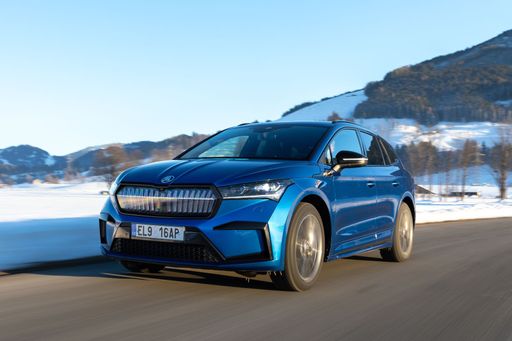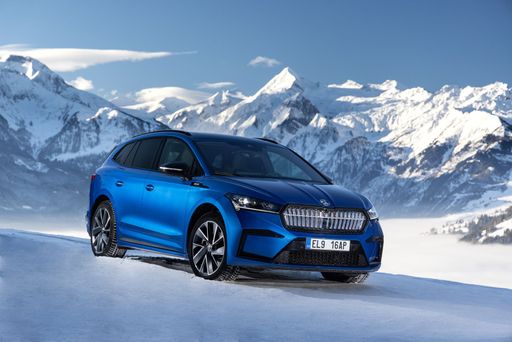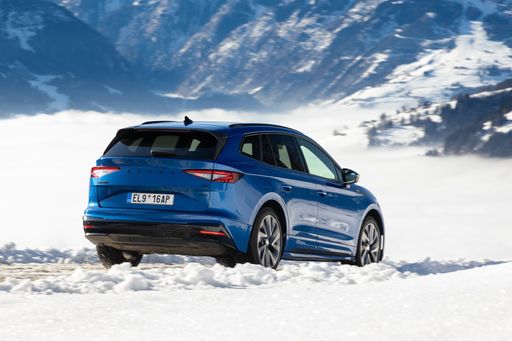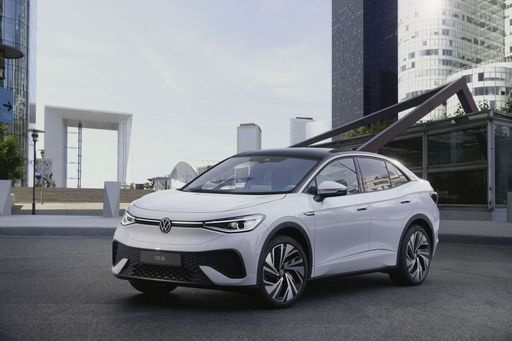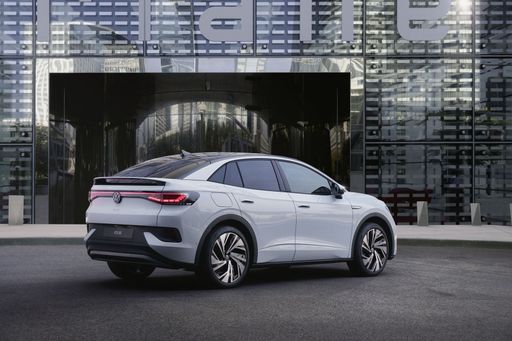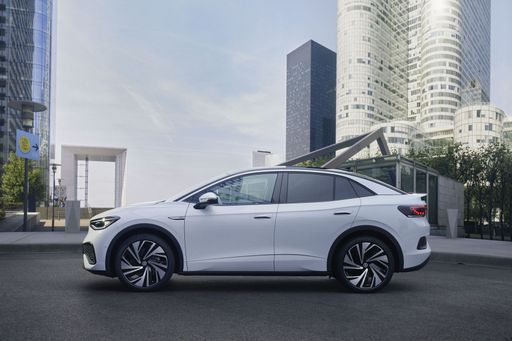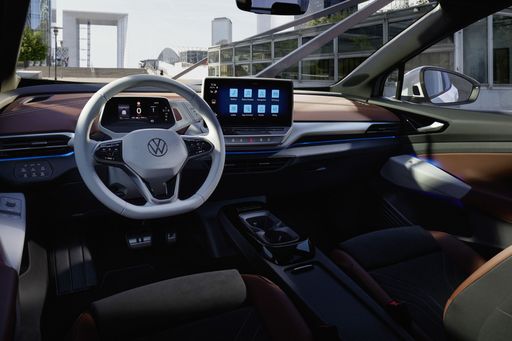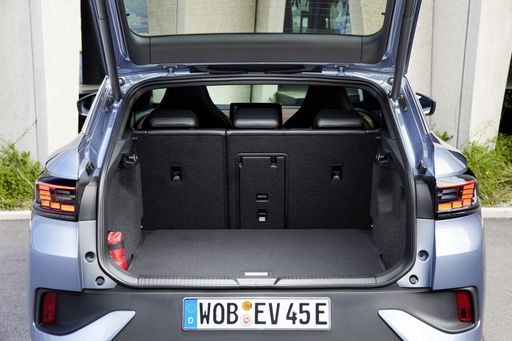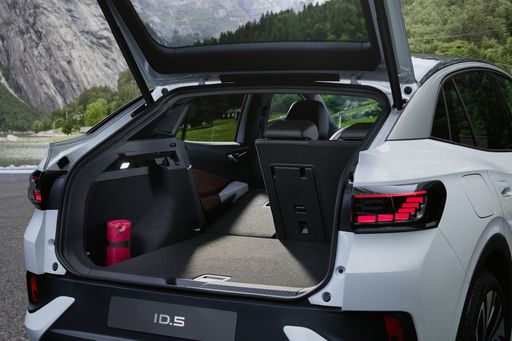Introduction: The Electric SUV Showdown
The automotive landscape is rapidly evolving, and the demand for electric vehicles (EVs) continues to rise. Two notable contenders in the SUV segment are the Skoda Enyaq and the VW ID.5. Both models share a common lineage and innovative technology but bring their unique flavors to the table. In this article, we will closely compare these two electric SUVs, examining their technical aspects, performance metrics, and innovations.

